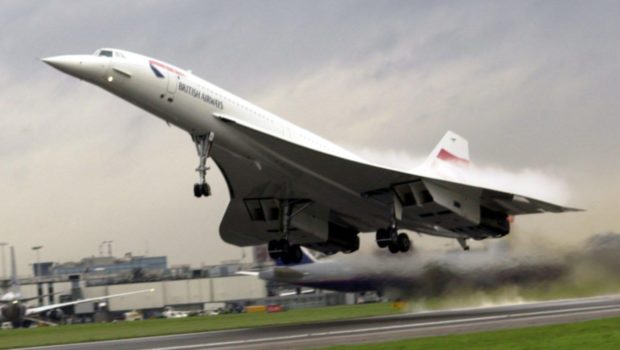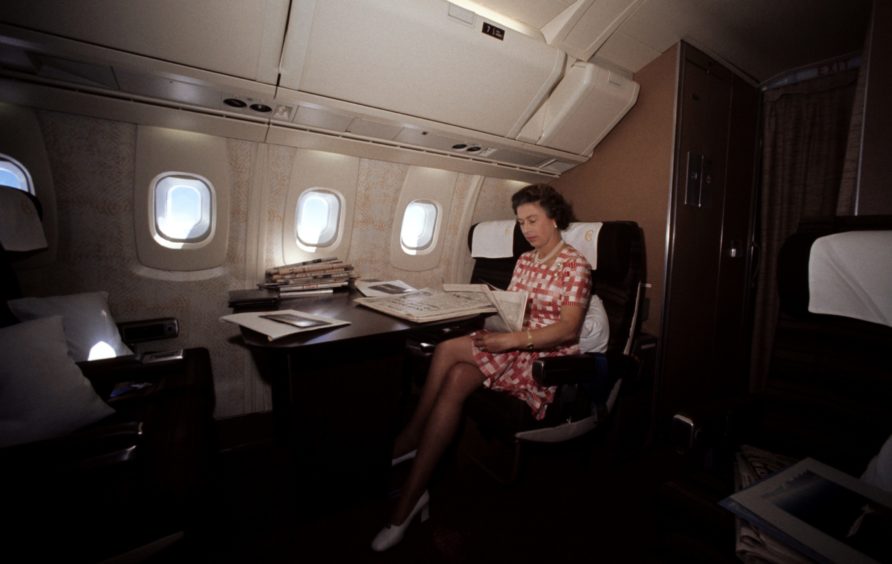
When Concorde, the world’s most distinctive airliner, soared into the skies for the first time it drew spontaneous applause from reporters and cameramen.
The Anglo-French plane took off from Toulouse and was in the air for 27 minutes.
The first pilot, Andre Turcat, said on his return to the airport: “Finally the big bird flies, and I can say now that it flies pretty well.”
The maiden test flight, on March 2, 1969, reached 10,000ft but Concorde’s speed never rose above 300mph. When in service, it would fly at up to 1,300mph.
At the time there were serious doubts at government level about the viability of Concorde. Cabinet papers released under the 30-year rule warned the project would be a disaster, costing the UK £900 million.
The first commercial flights took place in January, 1976, when British Airways flew from London Heathrow to Bahrain and Air France from Paris to Rio.
The supersonic aircraft went on to transform transatlantic travel between Europe and the US.
However, with fares costing thousands of pounds, Concorde was always a luxury, used by only the very richest travellers.
The 3,000-mile journey across “the pond” would take three and a half hours and it became a favourite with jet-setting celebrities including Mick Jagger, Elton John, Joan Collins and Annie Lennox.
The Queen favoured Concorde when she flew and the Queen Mother was even reported to have taken the controls of one of the aircraft during a test flight. One former cabin crew member recalled: “You could see the curvature of the Earth. It was the nearest thing to space, the highest point at which normal people could fly.”
The jet helped make rock music history in 1985, during Bob Geldof’s Live Aid.
Chart-topper Phil Collins played on stage in London and then took Concorde to New York, followed by a helicopter to Philadelphia in time to play drums for Eric Clapton before the televised event was over.
And in 1999 US soul diva Diana Ross made the headlines when she was arrested after she assaulted a female security officer who was trying to search the star before she boarded the plane. Ross was later cautioned and released.
The fastest transatlantic passenger flight was from New York to Heathrow in February, 1996. It took 2 hours, 52 minutes, 59 seconds from take-off to touchdown, aided by a 175mph tailwind.
And in February 1985, a Concorde charter flight flew from London Heathrow to Sydney, Australia, in 17 hours, 3 minutes and 45 seconds, including refuelling stops.
In 1997, British Airways launched a contest to mark the 10th anniversary of the airline’s move into the private sector. The promotion featured 190 flight tickets to New York valued at £5,400 each, which were being offered at £10.
Contestants had to call a special hotline to compete and it attracted around 20 million entries.
However, Concorde’s image was dented for good with a crash near Paris in July, 2000, in which 113 people died. £17m was spent on safety improvements and the aircraft went back into commercial service in November, 2001.
In April, 2003, British Airways and Air France announced the plane would be retired in October due to falling passenger revenue and rising maintenance costs, marking the end of an era.

Enjoy the convenience of having The Sunday Post delivered as a digital ePaper straight to your smartphone, tablet or computer.
Subscribe for only £5.49 a month and enjoy all the benefits of the printed paper as a digital replica.
Subscribe © PA
© PA